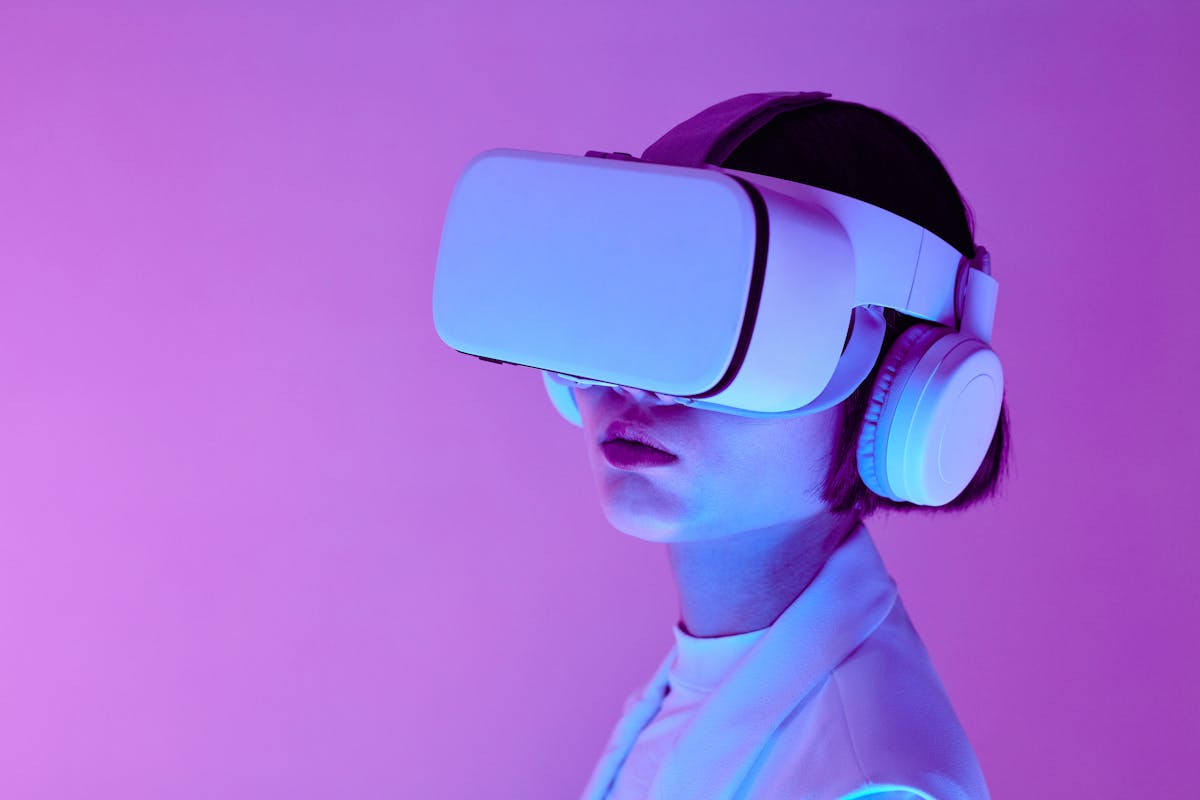Generative AI has emerged as one of the most exciting frontiers in artificial intelligence, enabling machines to create original content across multiple domains. From stunning visual art to complex musical compositions and functional code, AI is redefining what it means to be creative.
The Rise of Generative AI
Generative AI refers to artificial intelligence systems that can create new content based on patterns learned from training data. Unlike traditional AI that focuses on classification or prediction, generative AI produces original outputs that didn't exist before.
Key Technologies
- Generative Adversarial Networks (GANs): Two neural networks competing to create realistic content
- Variational Autoencoders (VAEs): Learning compressed representations to generate new data
- Transformer Models: Attention-based architectures for text and multimodal generation
- Diffusion Models: Gradually refining noise into coherent content
AI in Visual Arts
Image Generation
AI image generators have revolutionized digital art creation:
- DALL-E 2: Creating images from text descriptions
- Midjourney: Artistic and stylized image generation
- Stable Diffusion: Open-source image synthesis
- Adobe Firefly: Commercial-grade creative tools
Style Transfer and Enhancement
AI can transform existing images in creative ways:
- Applying artistic styles to photographs
- Upscaling and enhancing image resolution
- Colorizing black and white images
- Creating artistic variations of existing works
Music and Audio Generation
AI Composers
Artificial intelligence is creating original musical compositions:
- AIVA: Classical music composition
- Amper Music: Adaptive music for media
- OpenAI Jukebox: Raw audio generation in various styles
- Google Magenta: Research platform for musical creativity
Audio Processing and Synthesis
- Voice cloning and speech synthesis
- Sound effect generation
- Music style transfer
- Real-time audio enhancement
Code Generation and Programming
AI Programming Assistants
AI is transforming software development:
- GitHub Copilot: Code completion and suggestion
- OpenAI Codex: Natural language to code translation
- Amazon CodeWhisperer: ML-powered coding companion
- Tabnine: AI-powered code completion
Automated Programming Tasks
- Bug detection and fixing
- Code documentation generation
- Test case creation
- Code optimization and refactoring
Creative Writing and Content
Text Generation
AI writing tools are assisting content creators:
- Blog posts and articles
- Creative fiction and poetry
- Marketing copy and advertisements
- Technical documentation
Interactive Storytelling
- AI-powered narrative games
- Personalized story generation
- Character development and dialogue
- Plot generation and story arcs
Video and Animation
AI Video Creation
Emerging technologies in video generation:
- Text-to-video synthesis
- Deepfake and face swapping
- Automated video editing
- 3D animation and modeling
Motion Graphics
- Procedural animation generation
- Real-time motion capture enhancement
- Automated lip-syncing
- Dynamic visual effects
Creative Collaboration
Human-AI Partnership
The most successful creative AI applications involve collaboration:
- AI as a creative assistant, not replacement
- Iterative refinement of AI-generated content
- Combining human creativity with AI capabilities
- Using AI to overcome creative blocks
Workflow Integration
- Seamless integration with existing creative tools
- Custom AI models for specific creative needs
- Real-time feedback and iteration
- Version control and creative history
Ethical Considerations
Copyright and Ownership
Generative AI raises important questions about intellectual property:
- Who owns AI-generated content?
- Training data copyright implications
- Fair use in AI training
- Attribution and credit for AI assistance
Authenticity and Disclosure
- Transparency about AI involvement in creation
- Distinguishing AI-generated from human-created content
- Maintaining artistic integrity
- Preventing misuse and deception
Impact on Creative Industries
Democratization of Creativity
AI tools are making creative expression more accessible:
- Lowering barriers to entry for creative fields
- Enabling rapid prototyping and iteration
- Reducing costs of creative production
- Empowering non-technical creators
Professional Adaptation
- New roles and skills in creative industries
- Enhanced productivity and efficiency
- Focus on higher-level creative direction
- Collaboration between humans and AI
Future Directions
Multimodal Generation
The future of generative AI involves creating across multiple modalities simultaneously:
- Synchronized audio-visual content
- Interactive multimedia experiences
- Cross-modal style transfer
- Unified creative platforms
Personalization and Customization
- AI models trained on individual creative styles
- Personalized creative assistants
- Adaptive content generation
- Custom creative workflows
Getting Started with Generative AI
Tools for Beginners
- Image Generation: DALL-E, Midjourney, Stable Diffusion
- Text Generation: ChatGPT, Claude, Jasper
- Code Generation: GitHub Copilot, Replit Ghostwriter
- Music Creation: AIVA, Soundraw, Boomy
Learning Resources
- Online courses on generative AI
- Open-source projects and tutorials
- Creative AI communities and forums
- Hands-on experimentation with AI tools
Conclusion
Generative AI is transforming creativity across all domains, from visual arts to music, writing, and programming. While challenges around ethics and authenticity remain, the potential for AI to augment human creativity is immense.
The key to success with generative AI lies in understanding it as a powerful creative tool rather than a replacement for human creativity. By embracing collaboration between human imagination and AI capabilities, we can unlock new forms of artistic expression and push the boundaries of what's possible in creative fields.
As these technologies continue to evolve, they will undoubtedly reshape creative industries and democratize access to powerful creative tools, enabling more people than ever to express their ideas and bring their visions to life.
